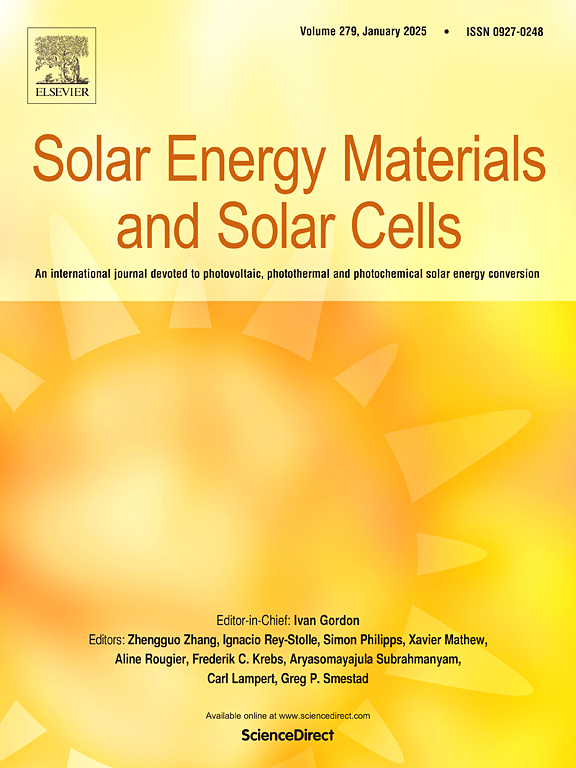Compressed air concentrated solar pyrolysis furnace: A techno-environment-economic case study in Qinghai
IF 6.3
2区 材料科学
Q2 ENERGY & FUELS
引用次数: 0
Abstract
Biomass pyrolysis is widely implemented for production of bio-fuels due to its flexibility and renewability. However, conventional biomass pyrolysis is predominantly achieved via electrical heating, which mostly derives from non-renewable fossil fuels. Hence, this paper proposes a solar pyrolysis furnace to achieve heating from solar concentration via a solar parabolic dish. The energy provision is accomplished by a flow of solar heated compressed air inside metal coils wrapping around the pyrolysis tube. The conceptual design was conducted using Solidworks software with the numerical simulation performed with its Flow Simulation studio. The simulation results indicate that the proposed design is able to achieve operation temperature of more than 500 °C with a heating rate of 18.0 °C min-1, which is comparable to commercially-available electrical furnaces. The available heat provision to the unit mass of biomass during pyrolysis is up to 1.24 MJ∙kg-1. A case study in Qinghai was also performed to understand the economic and environmental performance of the proposed design where the results are promising. This work establishes the potential of the proposed concentrated solar furnace, from technical, environmental and economic perspectives, for wider applications, particularly for biomass pyrolysis in deriving clean energy and functional carbon materials.

压缩空气集中太阳能热解炉:青海技术环境经济案例研究
本文章由计算机程序翻译,如有差异,请以英文原文为准。
求助全文
约1分钟内获得全文
求助全文
来源期刊

Solar Energy Materials and Solar Cells
工程技术-材料科学:综合
CiteScore
12.60
自引率
11.60%
发文量
513
审稿时长
47 days
期刊介绍:
Solar Energy Materials & Solar Cells is intended as a vehicle for the dissemination of research results on materials science and technology related to photovoltaic, photothermal and photoelectrochemical solar energy conversion. Materials science is taken in the broadest possible sense and encompasses physics, chemistry, optics, materials fabrication and analysis for all types of materials.
 求助内容:
求助内容: 应助结果提醒方式:
应助结果提醒方式:


